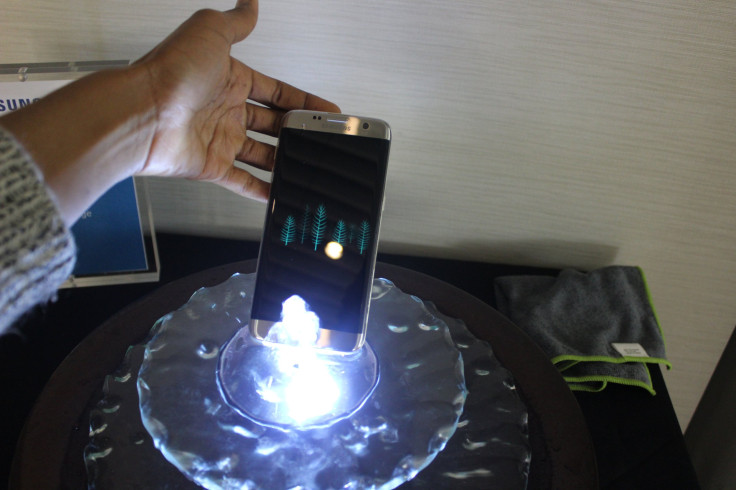Samsung’s Galaxy S7 is a bit of a blast from the past, including many features made popular by older devices in the Galaxy S line. It has the water resistance of the Galaxy S5 and the expandable storage and massive battery seen on S devices in 2014 and earlier. However, enthusiasts may notice that one feature in particular did not make it back onto the Galaxy S7: the removable battery.
The decision to leave out this feature, loved by many Android users, wasn’t made lightly. In fact, bringing back water resistance was heavily dependent on the unibody design, which was introduced on the Galaxy S6 in 2015.
“We didn’t do the removable battery because we really wanted the water resistance and the battery was a pain to seal. So we just put a much bigger battery,” Samsung PR manager Philip Berne told iDigitalTimes.
The Galaxy S7 features a 3,000mAh battery, while the Galaxy S7 Edge boasts 3,600mAh. These massive power cells not only fuel new features on the devices, such as Always On Display, they also correct a massive misstep on the Galaxy S6 and Galaxy S6 Edge.
“When the S6 came out we said we wanted a really nice pretty design, that’s why we didn’t have the water resistance. That’s why we didn’t have the removable battery,” Berne said.
“We took that design that people loved and brought back the features people were complaining about.”
The Samsung Galaxy S5 was the last handset in the S line to feature the polycarbonate design and removable battery. However, it was the first to introduce water resistance. The device had an Ingress Protection Rating of IP67, which means, which means it can be submerged in 1 meter (about 3 feet) of water for 30 minutes. The Galaxy S5 also includes a cover for its power port, to prevent water from getting inside the device.
The Samsung Galaxy S7 and Galaxy S7 Edge are both rated IP 68, which means that the handsets can be submerged in up to 1.5 meters (about 5 feet) of water for 30 minutes. Though there are also no coverings on any ports on the devices, they still keep their water resistant rating.
While Berne could not get into technical details of how the Galaxy S7 and Galaxy S7 Edge are water resistant, he did detail that the device’s internal components are protected from water.
“It’s sealed up on the inside. There are just good polymers and adhesives sealing it up, making sure all the ports are sealed from the inside. We can still keep them open but it’s all sealed,” he said.
Despite the IP68 rating, pundits recommend Galaxy S7 and S7 Edge users not get too friendly with water. Android Central says users probably shouldn’t take the handsets swimming, but Berne disagrees.
“If you’re at a pool over the summer and you want to take some photos inside of the pool you’d have no problem. You can take a call in the shower; I’m not going to judge,” Berne told iDigi.
There is just one issue with the Samsung Galaxy S7 meeting water: decreased accuracy of the touchscreen.
“That’s the biggest issue; capacitive screens don’t work very well when they’re wet,” Berne said. “But once you dry it off it’ll be alright.”

















